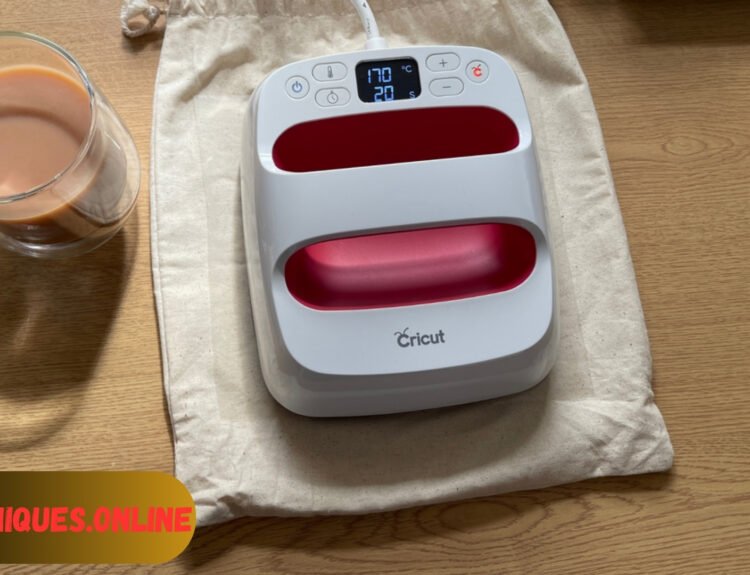Technology In a world where digital photography is everywhere, an innovation that can improve the quality of images while decreasing the time to process data and acquire it is vitally important. This is the case with the compressed sensor CMOS image sensor using partition sampling, an innovative breakthrough set to change the face of photography. In this blog, we will discuss the intricate details of this technique, its advantages, and the applications it can provide, giving you an understanding of why it is essential.
Table of Contents
ToggleUnderstanding Compressive Sensing in CMOS Image Sensors
Compressive sensing is a processing technique that reconstructs signals from smaller samples than conventional methods. It does this by leveraging the slackness of signals in a specific domain and allowing the collection of vital data without the necessity of large-scale technology measurements. For CMOS image sensors, compressive sensing permits massive reductions in the size of data and the quality of images.

The Basics of CMOS Image Sensors
CMOS (Complementary Metal-Oxide-Semiconductor) image sensors are widely used in digital cameras and smartphones. They transform light into electrical signals and then process them to produce digital pictures. In contrast to conventional CCD sensors, CMOS sensors consume less energy and feature integrated circuits that allow faster data reading technology.
The Role of Partition Sampling Technique
Technology Partition sampling is a technique that splits the sensor image into smaller areas or partitions. Each partition undergoes independent compressive sensing, which allows for optimized localization and improved image reconstruction. This procedure significantly enhances the effectiveness and precision of the data acquisition process.
Benefits of Compressive Sensing CMOS Image Sensors
Reduced Data Volume
One of the main advantages of compressive sensing CMOS sensors is the decrease in data. By capturing just the necessary data, the sensors reduce the volume of information that needs to be saved and processed. This payoff results in quicker image processing speed and fewer demands for storage.
Enhanced Image Quality
Even though they capture fewer images, compression sensing techniques are still able to reconstruct images of high quality. This is particularly useful in low-light conditions or situations that require rapid capture since it allows you to preserve clarity and quality.
Energy Efficiency
Compressive sensing decreases the number of readouts needed from the array of sensors and results in less energy usage. This is particularly important for portable battery-powered devices such as phones and cameras that have a long lifespan.
Technical Implementation of Partition Sampling
Sensor Array Division
Partition sampling starts by dividing the array of sensors into smaller areas. Each region is recorded with compression sensing methods. This allows simultaneous processing and local optimization, improving the efficiency of the entire system.
Compressive Sensing Algorithms
Different algorithms detect compressive signals, such as Basis Pursuit, Orthogonal Matching Pursuit, and Iterative Thresholding. These methods create the image from the reduced sample set, which ensures high fidelity and precision.

Integration into CMOS Technology
Combining compressive sensing technology with CMOS technology means modifying the sensor’s design to allow partition sampling and the needed algorithms. This ensures the advantages of both technologies are achieved, resulting in enhanced performance and efficiency.
Real-World Applications
Medical Imaging
For medical imaging, where the importance of high-resolution images is paramount, Compressing sensing CMOS sensors will significantly cut down the time needed for data acquisition and processing. This results in faster diagnosis and better patient outcomes.
Surveillance Systems
Security surveillance systems benefit from smaller data volumes and improved image quality by compression sensing sensor CMOS. The sensors permit constant monitoring without overloading storage systems, making them perfect for security.
Consumer Electronics
Compression sensing CMOS sensors are used in consumer electronic devices like smartphones and digital cameras. These sensors improve battery life and speed up processing, improving users’ experience by providing top-quality images processed with little delay.
Future Prospects and Research Directions
Advancements in Algorithms
The ongoing research is focused on the development of more efficient compressive sensing techniques that will enhance and raise the quality of reconstructions and processing speeds. These advances will increase the performance of CMOS sensors for images.
Expanded Applications
As technology advances and matures, new applications like autonomous cars, augmented reality, and remote sensing are expected to appear. These applications will benefit from the advantages provided by compression sensors, such as CMOS sensors.
Integration of AI
Combining artificial intelligence with compression sensing CMOS sensors offers enormous potential. AI algorithms can enhance the quality of the sample, which can boost the quality of images and reduce processing time.
Challenges and Considerations
Computational Complexity
Although compressive sensing has many advantages, it can also create computational complexity. Implementing the needed algorithms efficiently requires advanced processing abilities and can pose challenges in situations with limited resources.
Sensor Calibration
A precise sensor calibration is essential to warrant optimal performance when using compressive sensing. Ensuring that calibration is consistent and reliable over various devices and operational conditions is a continuous problem.

Cost Implications
Incorporating and developing compressive sensors, such as CMOS sensors, can incur extra costs compared with traditional sensors. Balancing these costs against the advantages offered is a crucial consideration for consumers and manufacturers.
Conclusion
Compressive sensing CMOS image sensors that use partition sampling technology are an enormous leap forward in imaging technology. This innovative technique can change the way industries operate by reducing the volume of data, enhancing the quality of images, and enhancing energy efficiency. With the ongoing research and development, it is possible to witness more fascinating developments and applications within the next few years.
If you are interested in investigating the potential of compressive sensor CMOS sensors, consider contacting specialists in the field or attending specialized gatherings and forums. Imaging technology’s future is exciting, so staying up-to-date can ensure you are at the forefront of these thrilling technological advancements.


